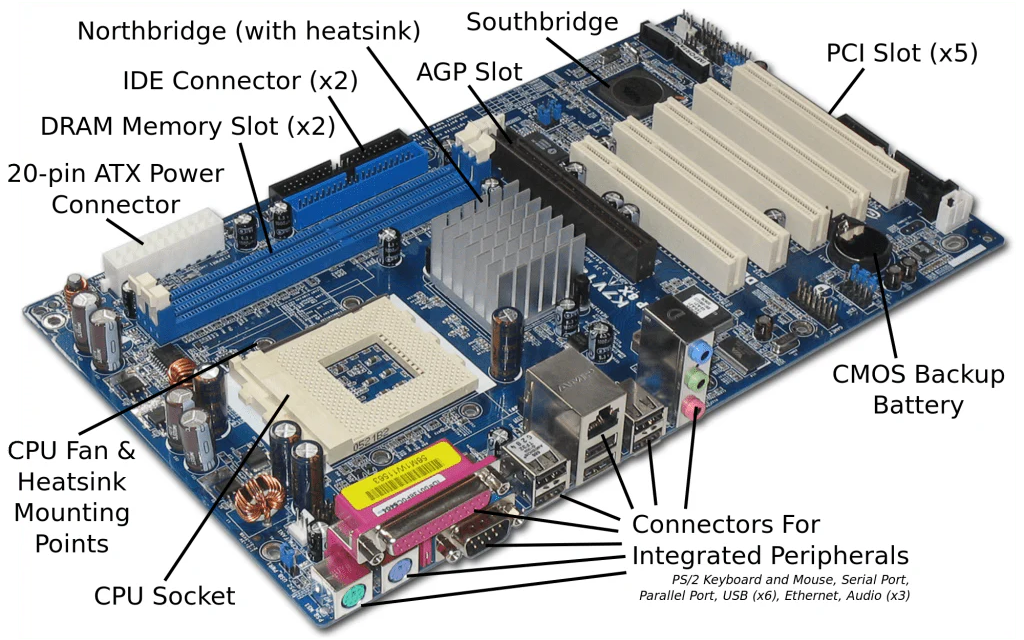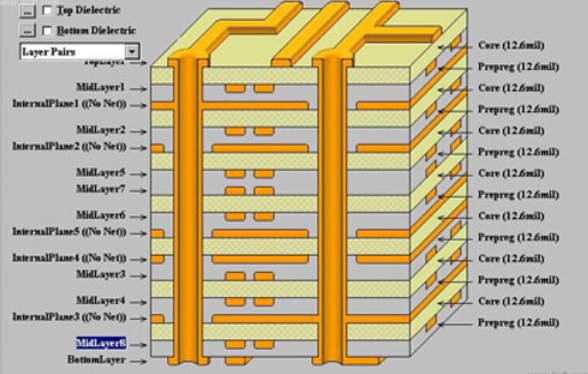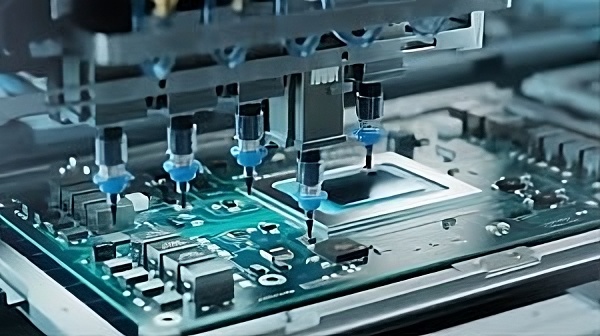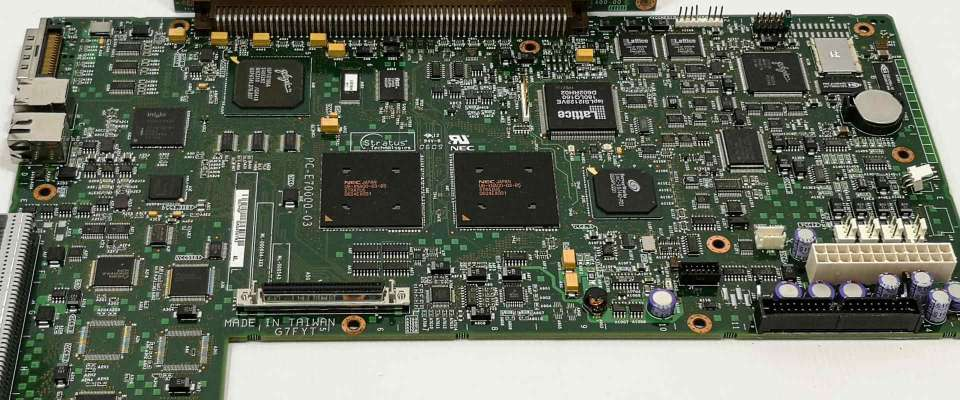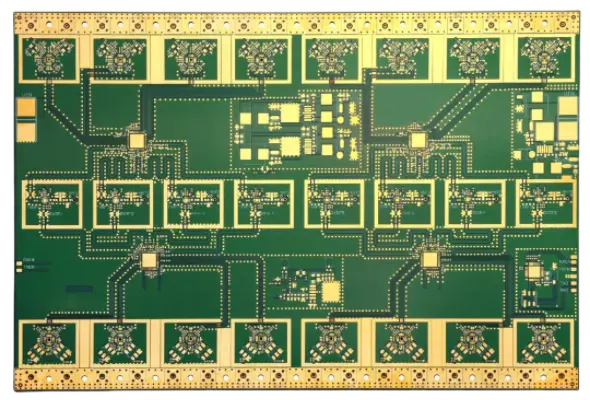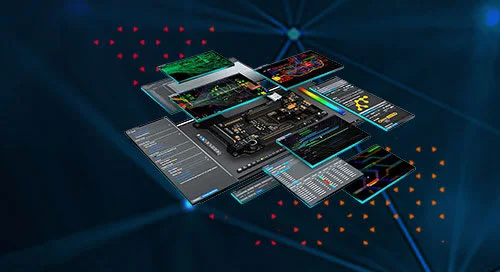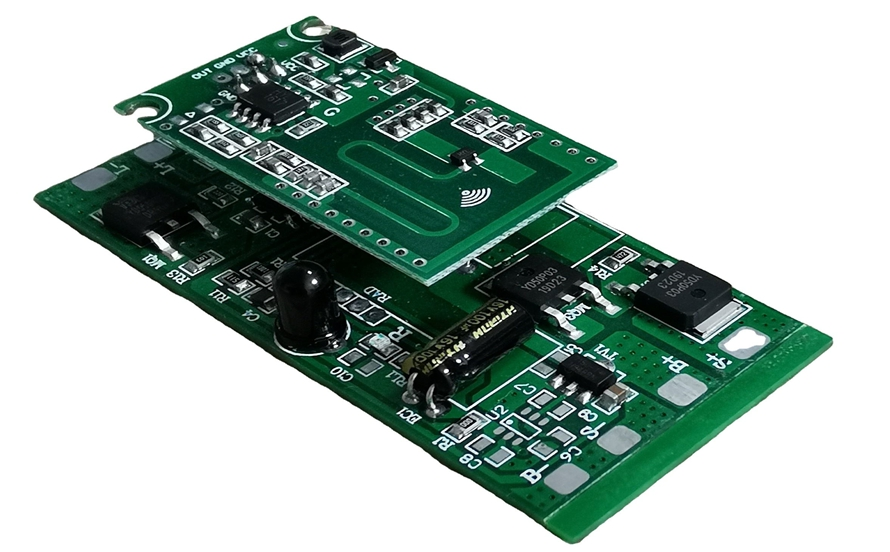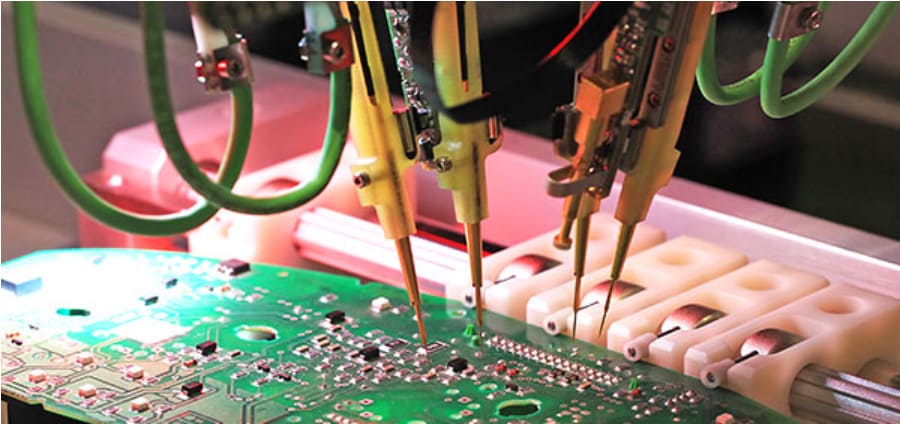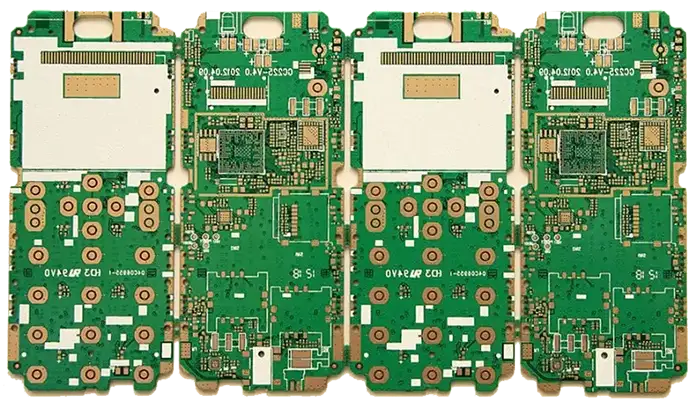1. Engineering Overview / Abstract As laptop and server platforms evolve toward higher CPU core densities and faster DDR5 and PCIe 5.0 interfaces, maintaining stable power integrity and effective EMI suppression has become an engineering priority. Taconic TLY-5 PCB substrates—PTFE-based laminates with ultra-low Df (0.0009 @ 10 GHz) and stable Dk (2.20 ± 0.02)—offer...
Blog
Explore the KKPCB Blog for the latest PCB manufacturing and assembly news, industry insights, expert tips, and technology trends, helping you stay informed and optimize your electronics projects.
1. Engineering Overview / Abstract As 5G smartphone antenna modules integrate multiple MIMO paths and beam-forming arrays, precise impedance control and thermal uniformity become critical for stable signal transmission. Taconic RF-35 PCB substrates enable consistent dielectric performance and low-loss propagation under compact, multilayer conditions. KKPCB engineers apply fine-tuned lamination and impedance verification processes to...
1. Engineering Overview / Abstract Next-generation automotive radar systems operating at 76–81 GHz demand ultra-stable phase characteristics and minimal transmission loss to ensure precise object detection and angular resolution. Taconic RF-35 PCB laminates, with their tightly controlled dielectric constant and ultra-low dissipation factor, provide a reliable foundation for maintaining signal integrity under high-frequency and...
1. Engineering Overview / Abstract As modern laptops and server motherboards transition toward 28–56 Gbps transmission lanes and high-core-count processors, the PCB substrate must ensure minimal voltage ripple, low EMI radiation, and stable impedance performance. Taconic RF-35, with its low-loss dielectric constant (Dk = 3.50 ± 0.05) and dissipation factor (Df = 0.0018 @...
1. Engineering Overview / Abstract As precision RF test and measurement systems extend into the 40 – 110 GHz range, achieving sub-degree phase accuracy and minimal insertion-loss drift becomes a primary design requirement. Taconic RF-35 PCBs—engineered with a glass-reinforced PTFE composite (Dk = 3.50 ± 0.05, Df = 0.0018 @ 10 GHz)—enable calibration-grade impedance...
1. Engineering Overview — PCB Reliability in Industrial Wireless Sensor Networks As industrial IoT systems expand to high-density wireless sensor networks (WSNs), the RF front-end and communication nodes must sustain stable dielectric properties and low signal loss across wide temperature and humidity ranges. Factories often feature high EMI levels, long sensor link distances,...
1. Engineering Overview — PCB Demands in Automotive mmWave Radar and ADAS As vehicles move toward Level 3–5 autonomous driving, radar and vision-based sensing systems rely on 77–81 GHz mmWave modules and ultra-low-loss PCB interconnects. These radar PCBs must maintain electrical precision while enduring extreme temperature cycling, vibration, and humidity. KKPCB integrates TLY-5...
1. Engineering Overview — Power and EMI Challenges in High-Speed Computing Boards As laptops and enterprise servers transition to PCIe 5.0/6.0 and DDR5 architectures, maintaining power integrity (PI) and electromagnetic interference (EMI) control becomes a core constraint in multilayer PCB design. The TLY-5 PCB, with its ultra-low Dk (2.20 ± 0.02) and low Df...
Engineering Precision: The Critical Role of Probe Card PCBs in Semiconductor Testing Introduction In semiconductor production, precision defines success. Every chip must be verified for performance and reliability before it’s packaged—and the key to this process lies in the probe card PCB.At KKPCB, we specialize in engineering high-performance probe card PCBs that ensure accurate, repeatable,...
1. Engineering Overview — Material-Driven Signal Reliability for 5G Smartphones As 5G smartphones evolve toward multi-antenna, wide-band, and ultra-compact RF front-end architectures, PCB materials play a decisive role in ensuring signal alignment and thermal stability. The TLY-5 PCB, a PTFE-glass composite laminate from Taconic, provides excellent dielectric uniformity (Dk = 2.2 ± 0.02, Df...

